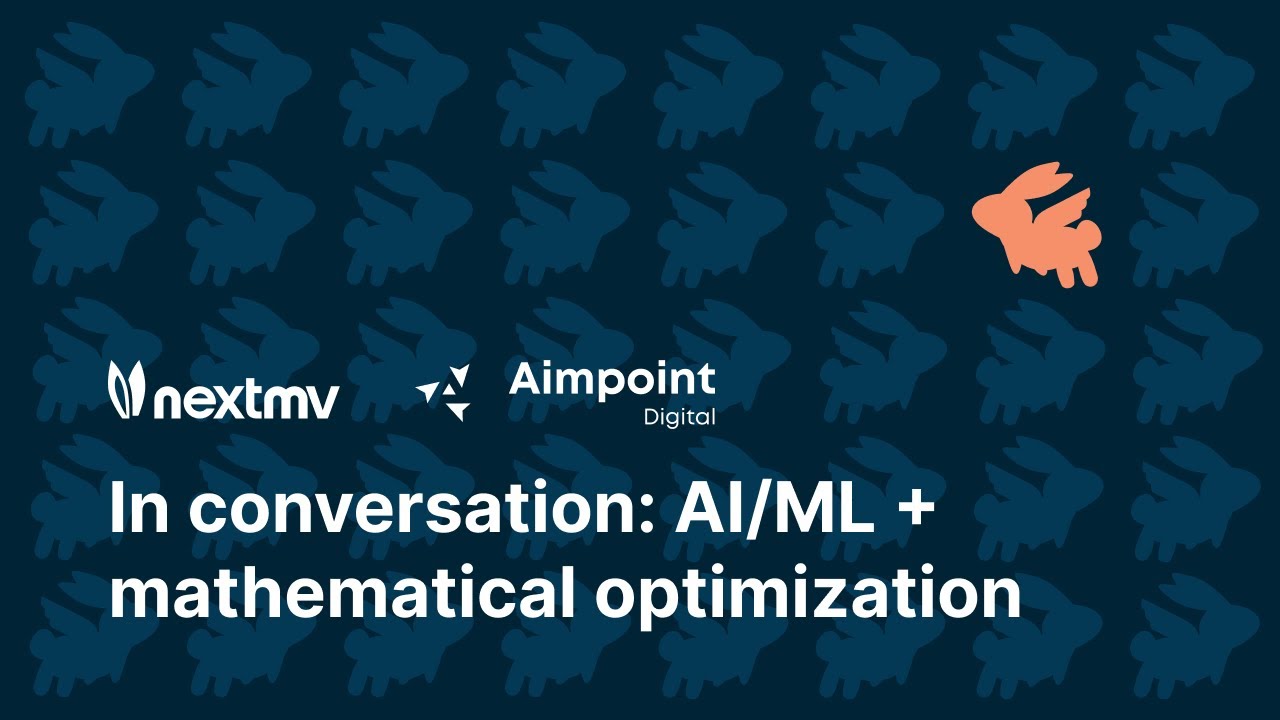Digital Manufacturing is the use of integrated, computer-based systems to enhance the manufacturing process. These digital tools include analytics, simulations, animations, and artificial intelligence/machine learning (AI/ML). Utilizing tools like these allow the manufacturer to extract insights that were previously unattainable. In addition, digital manufacturing assists in the fight to make your process more resilient, increase productivity, reduce costs, and improve quality.
Furthermore, the digital manufacturing revolution encourages superior business outcomes with intelligent, connected systems. Before Industry 4.0, or the fourth industrial revolution, movements emphasized automation over enhancing speed and resilience through connectivity. However, with Industry 4.0, seamless connectivity between front-line employees and operators, management, and physical (including robotic) assets is the new vision of digital manufacturing.
Digital Manufacturing - The Path Forward
Leading companies in multiple industries have adopted digital manufacturing with varying success. The most advanced include 54 exemplary ‘Lighthouse Factories’ selected by the World Economic Forum (WEF), capturing millions of dollars in value and demonstrating improvements in cost reduction, quality, and productivity of over 20% to 88%. However, as the WEF reports, 70% of factories remain stuck in ‘pilot purgatory’. They are unable to deploy projects and integrate them into day-to-day operations to drive real value.
What then is the path forward?
While advanced embodiments of digital manufacturing integrate the entire value-chain, from R&D, supply chain, and fulfillment to customer engagement, it begins with production at a highly autonomous, ML-driven manufacturing facility, or Smart Factory.
Digital Manufacturing - Intelligent, Adaptive, Connected & Rapidly Responsive
Digital manufacturing enables improvements in business value and brings a competitive advantage at every stage of digital maturity:
Stage 1 - Connected - Manufacturing Analytics
Many large and small manufacturers are successful in implementing process changes due to insights delivered by analytics to boost productivity yield, enhance quality, and proactively approach maintenance. Especially when combined with visualization, manufacturing analytics dramatically enhances decision-making by increasing visibility and transparency.
Stage 2 - Intelligent & Adaptive - Simulations & Artificial Intelligence
Simulations and causal inference, combined with AI, create an intelligent platform for insight, optimization (including self-optimization), and experimentation. Process improvement depends on experimental data, which can be slow, risky, and overly expensive. But with simulations, process changes validate safely and with minimal disruption before implementation occurs.
In vaccine manufacturing, GlaxoSmithKline reported that simulations could be performed in hours, where it would have taken years to build a pilot plant. At Aimpoint Digital, we helped a steel manufacturing client implement a prediction and production scheduling solution using discrete event simulation with a projected productivity improvement of up to 25%.
Stage 3 - Rapidly Responsive - Manufacturing IoT & Automation
Internet of Things (IoT) provides the real-time data that powers Smart Factories (factories leveraging intelligent computing solutions) and enables automation. IoT and automation are considered foundational for a Smart Factory, but their implementation often poses challenges.
Manufacturing companies need to consider the following crucial architecture and technology issues:
Edge Computing
Edge computing technology is a crucial enabler of Smart Factories. By bringing computational power closer to machines and technologies, edge computing speeds up data collection and processing, enabling processes to run more efficiently. As a result, adoption has been rapid:
- 17% of manufacturers will move pilots to production in the next two years.
- 27% have edge computing in production.
- 56% will kick off pilots in the next two years.
- 90% of companies will use edge computing by 2022.
By moving data storage and processing closer to the devices (sensors/actuators) that generate the data, we reduce latency and the dependence upon bandwidth.
These benefits of edge computing are augmenting automation efforts as part of Smart Factories by allowing autonomous actions to be taken by ML models without the need for cloud-based data analysis.
Edge computing also helps with compliance and privacy requirements for data storage. The operational data is produced, used for modeling purposes, and destroyed, all without leaving the confines of the facility. This also provides cost advantages. However, analytics will have to be repurposed to be run autonomously & efficiently on edge devices, rather than assuming access to large, powerful cloud data centers. Meanwhile, for data that needs long-term storage and is not a requirement for immediate decision making, companies can continue to store data in the cloud.
Networking (5G)
5G technologies provide networks with low latency and high reliability. Due to these advantages, 5G networking promises value for manufacturers across the following:
- Production optimization: enables real-time data capture for machines, inventory, and production, which helps manufacturers optimize flow and analyze production patterns in greater detail.
- Supply Chain Visibility: entails fast, automated replenishment of parts & supplies across the entire integrated supply chain, thus minimizing delays and boosting efficiency.
- Preventative maintenance: interplay with predictive maintenance takes the form of denser arrays of sensors and more rapid data transmission rates that give manufacturers richer insight into patterns predicting failure.
- Human-machine interaction: influence on human-machine interaction is transformative. For example, factory staff are no longer fixed to one place; they can monitor processes on the go via mobile devices and using technologies such as augmented reality. Additionally, 5G enhances worker safety through the ubiquity of sensors with rapid data transmission by reducing incident response times and requiring fewer workers on the factory floor. Low latency networks with 5G also allow for real-time monitoring of production processes, rapid responses to upset events, and more immersive visualizations when combined with Augmented Reality/ Virtual Reality technologies.
Stage 4- Putting it All Together – The Smart Factory & Digital Twin
Smart Factory
The Smart Factory is an adaptive system of machines and communication and computing networks that respond to changes in near real-time and can produce optimal performance. Notably, the Smart Factory is powered by intelligent algorithms to continually update parameters for optimization, enabling autonomous control of production processes. It is part of a growing trend of automation in manufacturing and the evolution of the supply chain from a linear sequence of operations to a digitally powered, dynamically interconnected network, termed a ‘digital supply network’ or ‘digital value chain.’
Some of the benefits of a Smart Factory include efficient asset utilization, higher quality products, lower cost, and enhanced safety & sustainability. As a real-world example, in 2017, a leading electronics company began a Smart Factory-inspired automation journey that lowered customer lead times and costs while bolstering production capacity by 25% and producing 50% fewer defective products.
These four salient features define a Smart Factory:
- Increased Connectivity: A constellation of operational technology (OT) assets connect to information technology (IT) infrastructure to generate Big Data-driven insight and decision-making
- Intelligent: Processes are executed optimally with high reliability, yield, uptime, and quality while reducing cost and energy expenditures due to automated workflows and synchronization of assets Adaptive: An adaptive Smart Factory should be able to dynamically modify its behavior to schedule and product changes with minimal intervention, ensuring optimal performance
- High Visibility: Real-time data visualizations, AR/VR technology, AI-powered recommendations, and automation provide immediate insight and continuously optimized control of the entire digital supply network.
Digital Twin
A key aspect of the Smart Factory is the digital twin, a virtual replica of a physical object or process. Digital twins have a long history, as NASA famously employed twinning. When oxygen tanks exploded on Apollo 13, NASA engineers devised innovative solutions tested on a physical twin of the spacecraft to bring astronauts safely home. In manufacturing as well, the concept of twinning is used.
For many, a complete physical twin is not an advantageous option as the cost is too high to maintain two copies. A virtual twin, however, offers a more affordable alternative with generally more computational power. Digital twins enable changes to mission-critical processes to be tested and for factory performance to be optimized. When the digital twin of a factory is powered by AI methods such as Reinforcement Learning to optimize performance continuously, the digital twin is self-optimizing and elevated to a Smart Factory.
Digital Manufacturing - Quick Wins and a Long-Term Roadmap
Though advanced digital manufacturing implementations such as a Smart Factory or digital twin can appear daunting, enhancing digital manufacturing capabilities offers value at every stage of digital maturity. A key step is to focus on small, stepwise, achievable solutions that provide concrete value and scalability. Working iteratively through cycles of improvement and investing in strong buy-in across the organization will reap the rewards in successful short and long-term digital transformations. True seamless coordination across all business functions for mature digital manufacturing organizations will require looking beyond the Smart Factory to the digital value chain.
Digital Manufacturing - An Investment in the Future
Companies are investing in digital manufacturing for the unique competitive advantage that seamless coordination and resilience bring. Indeed, digital manufacturing has dramatically enhanced business outcomes across and continues to do so – with improvements of up to:
- 88% in productivity
- 74% in profitability
- 48% in quality
- 42% in machine uptime
- 41% in safety
- 43% in customer satisfaction.
We should remember the enduring lesson of the pandemic – companies that can anticipate and adapt to rapidly changing business needs will succeed.
Join the Digital Manufacturing Revolution with Aimpoint Digital
The team at Aimpoint Digital carries deep expertise in data engineering, data analytics, and data science. Our team can efficiently set up and manage your data infrastructure, while our team of data scientists can build accurate and intelligent digital twins for your physical systems. If you would like to learn more about digital manufacturing and how solutions can improve your business, Reach out to experts at Aimpoint Digital for a consultation.




